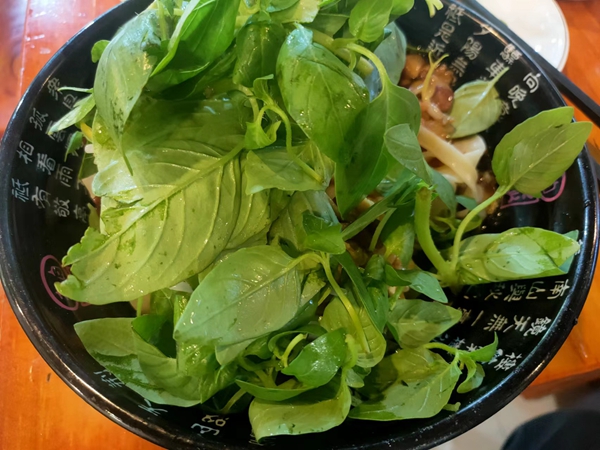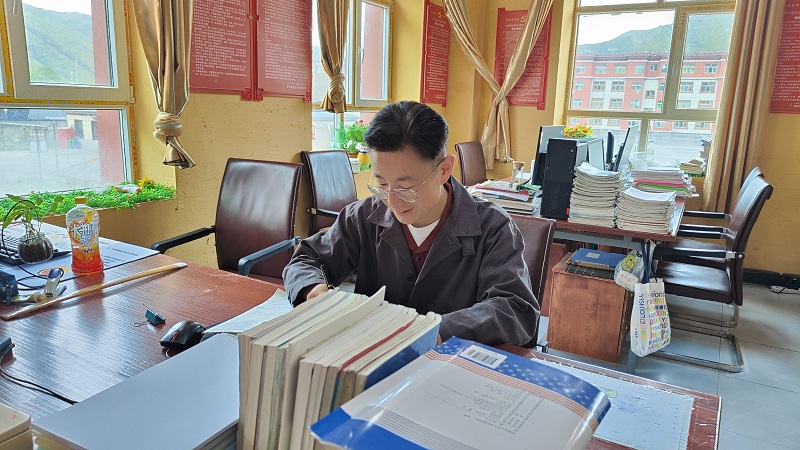Changzhi discovered the tombs of the Tang Dynasty, and the epitaph showed that it was the tomb of the family name of Wu in the early Tang Dynasty.
Author:Shanxi Evening News Time:2022.08.31
From May to July 2019, in order to cooperate with the construction of the project project of Qingfeng Agricultural and Sideline Products wholesale in Qingfeng County, led by the Shanxi Provincial Institute of Archeology and the cooperation of the cultural relics departments of Changzhi City and Changzi County Four Tang Tomb. According to the content of the epitaph, the four Tang tombs involved many names of Wu, and some corresponding to the literature of Zhengshi enriched the first -hand materials of people's records of earlier historical facts during the Tang Dynasty. The relevant county hopes involved provided an important record for exploring the local system of local systems. At the same time, the records of the old city of Everbright County also provided a clear clue for empirical priority to the ancient city site of Emperor Warring States Period to the ancient city of Changzi County of the Han Dynasty.
Four Tang Dynasty tombs are located in different areas of the excavation area, including three brick room tombs, numbers M202, M204, and M205; one Tomb tomb, number M203. Each of the Tomb M204 and M205 unearthed Junnian epitaphs 1 in each, providing a strong evidence for the disconnection of the tomb and the identity of the owner of the tomb.
Among them, the M202 tomb is located in the east of the excavation area. It consists of the tomb, tomb door, martyrdom, and tomb. The tomb is severely disturbed. No floor tiles and coffin beds are found. No traces of funerals are found. Judging from the disabled blocks of scattered people, at least three people have unknown funerals and do not have identification conditions. A total of 4 relics were unearthed, including 1 copper, 1 pottery pot, 1 pottery can, and 1 shell.
The M203 tomb is located in the northwest of the excavation area, adjacent to M204 in the east and M205 south. No traces of funerals were found in the cave room, and the residual bones were found. Only below the pelvis bone was speculated that the funeral was straight limbs, the head -oriented, orientation was unknown. It was identified as an adult man. There are 3 funerals, of which copper coins are from bone waist, and copper mirrors and iron scissors are from the sides of the chest.
The M204 tomb is located in the middle of the excavation area and is a brick room tomb. It consists of the tomb, tomb door, martyrdom, and tomb. The "concave" -shaped coffin bed was built in the middle of the brick room. No traces of funerals were found. There were two residual bones in the middle of the coffin bed. , Face. After identification, the south side of the human bone is an adult man, the human bone on the north side is female, and the teeth are 4045 years. A total of 8 relics (groups) were unearthed, of which 1 epitaph was unearthed. According to the relevant archeologists, there is no written record on the verse of the epitaph, and the Mo Shu Gai Ming may be fell off when he was buried. In the epitaph, Zhiwen Yin is engraved in the shallow line, each character, regular script, a total of 17 lines, full of 17 words, a total of 283 words. According to Zhiwenzai, the tomb owner Wu You, a native of Anling, Bohai, was born in the 19th year of the Emperor Sui (AD 599). He died in the 22nd year of Tang Zhenguan (AD 648) at the age of 50. This tomb is the burial tomb of Wu You and his wife Wang's husband and wife.
The M205 tomb is located in the southwestern part of the excavation area. It is a brick room tomb and consists of tombs, tombs, martyrs, and tombs. In the middle of the brick room, there are two skeletons on the east, west, and north side of the coffin bed, 6 skeletons, with a total of 6. Among them, the bones on both sides of the east and west are tied, and the head is south. After identification, the human bone on the west is about 60 years old and a male and 30-year-old adults are unknown. One of them is a 35-40-year-old man, and the other. It is unknown; the north side of the human bone is open, and the head is relative. After identification, the human bones are men aged 25-30, respectively. Except for the two human bones on the east side, they seem to be buried once and straightened their legs. A total of 5 relics were unearthed. Among them, the copper coins were from the bone waist on the east side of the coffin bed, and the three pottery came from the ground near the bottom of the tomb. One epitaph was also unearthed in the tomb. Zhigai and Shi Shi are complete, and they are all green stone texture, which is well preserved. The cover is the top, the top surface is covered with inscriptions, nine squares, each word, and the center of the center is the beast face pattern. It is engraved with "the tomb of Wu Jun's hometown of the Tang Dynasty", with a total of 8 words. Zhiwen Yin is engraved in the shallow line, each word, a book, a total of 15 lines, a full line of 15 words, a total of 220 words. According to Zhiwen, the tomb was buried by the family of Wu Bao and his wife Zhang in the second year of Tangzong Jinglong (AD 708). The two human bones on the east side of the coffin should be the master of the epitaph Wu Bao and his wife Zhang.
According to the archaeological project's excavation leader Wu Junhua, the four tombs were stored in complete M203, and the rest were disturbed. Determined from the text recorded in the unearthed epitaphs, the M204 and M205 were divided into 22 years of Tang Zhenguan (AD 648) and the second year of Jinglong (AD 708). Among them, the shape of pottery pots and pottery tanks unearthed from M203 is very similar compared to the two -year -old tomb pottery, and it is closer to M204. From the grave arrangement, it is also in the same row. The two tombs are equivalent. M202's unearthed bronze mirrors also have the Tang Dynasty style, combined with the distribution of tombs and the characteristics of the tomb, etc., to judge the early tombs of the Tang Dynasty. "According to the cemetery, the owners of the two tombs of the M204 and M205 were surnamed Wu, and the tombs were distributed in an orderly manner. We infer that the four tombs should be a group of Wu family cemetery in the early Tang Dynasty." Wu Junhua said.
Over the years, in the Tang Dynasty tombs excavated in Shanxi, Taiyuan and Changzhi areas are the most concentrated. There are about 24 in Taiyuan area and about 18 in Changzhi. In addition, Datong, Houma and other places also have sporadic discovery. The overall style of these tombs is consistent with the Tang tomb unearthed in Changzhi over the years, such as the six years of Hao Kuan tomb of Tang Yonghui in Xiangyuan County, the tomb of the Fan Cheng couple of the Changzhi Party District, and the Fengnian Tomb of Changzhi, Changzhi, etc. Highly unified culture. The information of Tang Tomb has not been announced in the past. M204 is also the earliest example of the middle of the Tang Dynasty in the Tang Dynasty. These four Tang tombs, especially the discovery of two years of age, have provided a number of precious information for the study of Tang tombs in the Changzhi area. , Also added the accurate age of the Tang tomb. It should be noted that the "Kaiyuan Tongbao" copper coins from the M204 tomb are not Tang Xuanzong's "Kaiyuan" year. In July 621), five baht was abolished, and the money was opened. "" At the beginning, the text of Kaiyuan Qian, to make the words and books in Ouyang in the matter, and it was called his work. " The text used in this copper coin is Ouyang Xun's book in the early Tang Dynasty calligrapher. Shanxi Evening News reporter Sun Yiqiong
- END -
Our Henan people's own dishes -in the summer, have you eaten Nepeta?

Elephant Journalist Shen ZizhongIf you use a word to identify authentic Henan peop...
Qinghai youth said that Ma Zhongshan: "Gesang flower" bloomed with youth records

Ma Zhongshan corrects student homeworkQinghai Online (text/Mi Hailian) Ma Zhongsha...